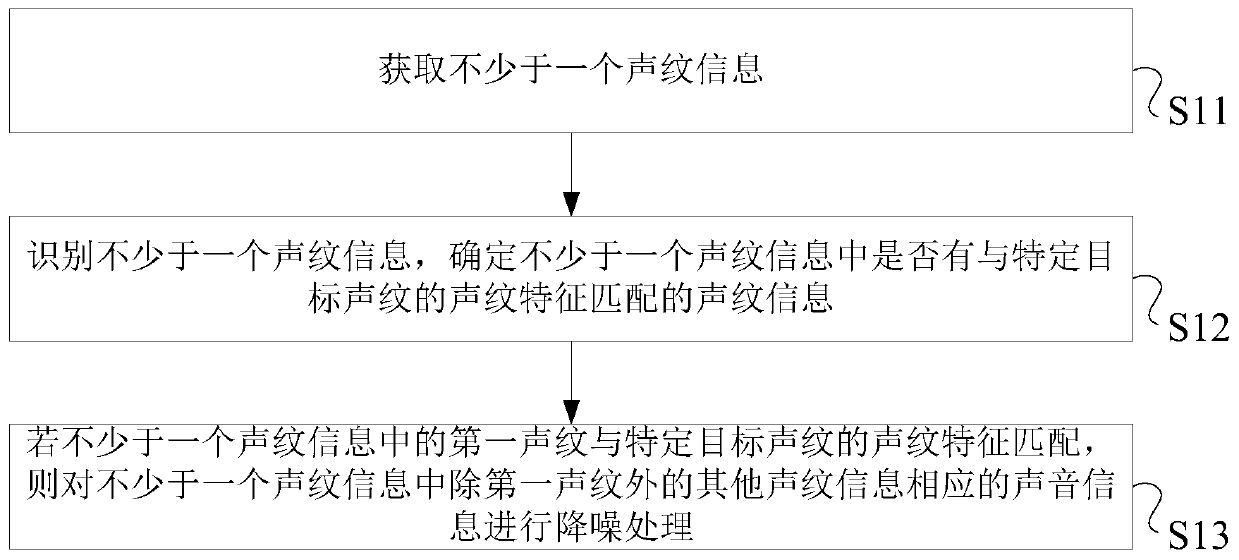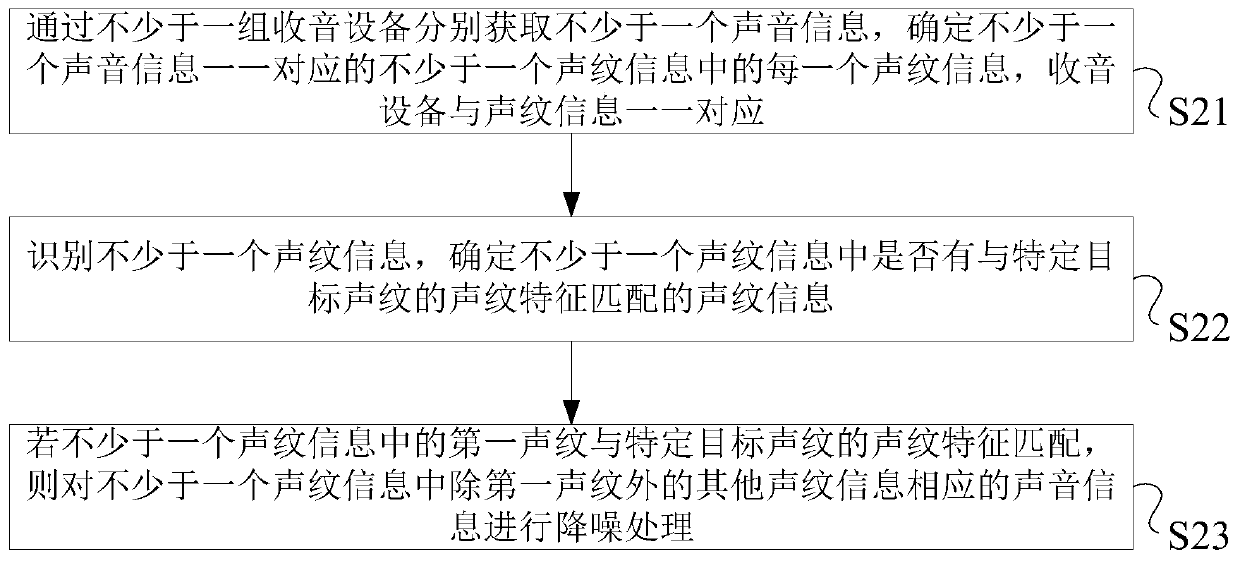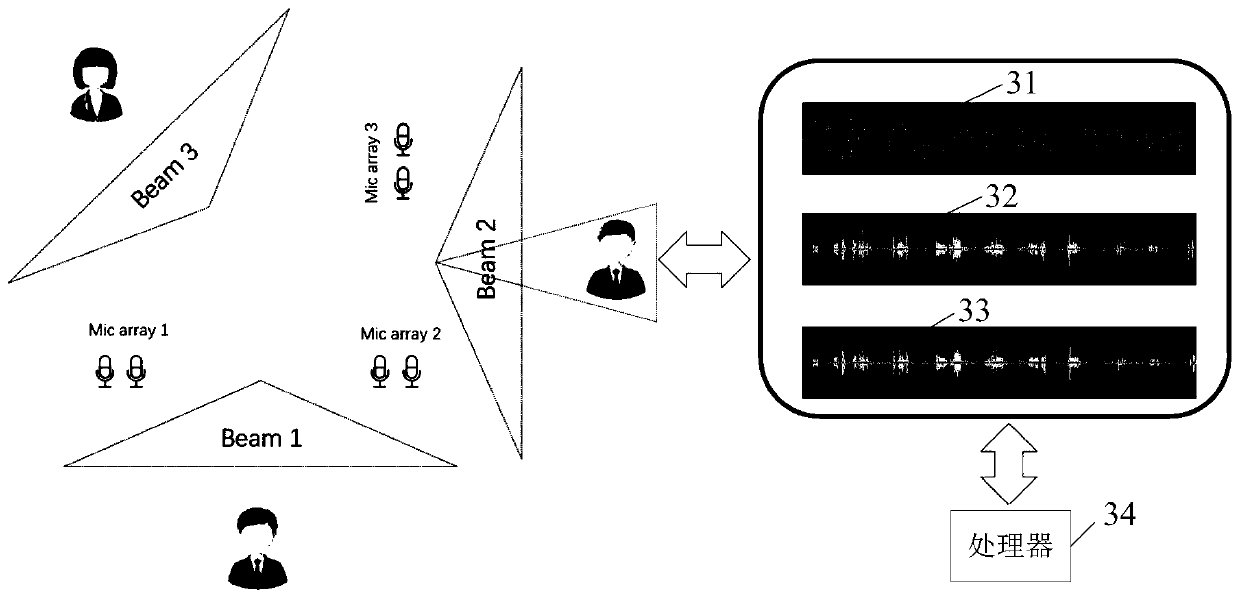Processing method and electronic equipment
A processing method and technology of electronic equipment, applied in the field of control, can solve the problems of reduced call quality, wrong target sound source, etc., and achieve the effect of improving call quality
- Summary
- Abstract
- Description
- Claims
- Application Information
AI Technical Summary
Problems solved by technology
Method used
Image
Examples
Embodiment Construction
[0037] The following will clearly and completely describe the technical solutions in the embodiments of the application with reference to the drawings in the embodiments of the application. Apparently, the described embodiments are only some of the embodiments of the application, not all of them. Based on the embodiments in this application, all other embodiments obtained by persons of ordinary skill in the art without making creative efforts belong to the scope of protection of this application.
[0038] The application discloses a processing method, the flow chart of which is as follows figure 1 shown, including:
[0039] Step S11, acquiring not less than one voiceprint information;
[0040] The radio device can obtain sound information, and the sound information includes voiceprint information. In addition to the voiceprint information, the sound information also includes other information, such as: volume information, content information, etc. After obtaining the sound in...
PUM
 Login to View More
Login to View More Abstract
Description
Claims
Application Information
 Login to View More
Login to View More - R&D
- Intellectual Property
- Life Sciences
- Materials
- Tech Scout
- Unparalleled Data Quality
- Higher Quality Content
- 60% Fewer Hallucinations
Browse by: Latest US Patents, China's latest patents, Technical Efficacy Thesaurus, Application Domain, Technology Topic, Popular Technical Reports.
© 2025 PatSnap. All rights reserved.Legal|Privacy policy|Modern Slavery Act Transparency Statement|Sitemap|About US| Contact US: help@patsnap.com



